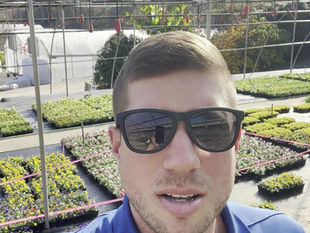

Choosing the Right Infill for Artificial Turf: Silica Sand vs. Antimicrobial Infill
0
47
0
When it comes to installing artificial turf, selecting the right infill material is just as crucial as choosing the turf itself. Infill not only provides structural support to the grass fibers but also enhances the overall performance and longevity of the turf. Two popular infill options are silica sand and antimicrobial infill, each with its distinct characteristics, benefits, and applications. Let’s explore these options in detail to help you make an informed decision for your artificial turf project.
Silica Sand
Silica sand is a common choice for infill in artificial turf systems. It is derived from natural sand and is known for its fine granules and durability. Here are some key points to consider about silica sand:
Weight and Stability: Silica sand provides essential weight to hold the turf down, preventing it from shifting or lifting due to foot traffic, wind, or other external factors. This stability is critical for maintaining a natural look and feel.
Drainage: One of the significant advantages of silica sand is its excellent drainage properties. It helps facilitate quick water runoff, preventing pooling on the surface, which can lead to mold, mildew, and unpleasant odors.
Cost-Effective: Silica sand is often more affordable than specialized infills, making it a popular choice for budget-conscious projects.
Durability: Silica sand is resistant to breakdown over time, which means it retains its performance and appearance for many years without significant maintenance.
Antimicrobial Infill
Antimicrobial infill is a newer alternative designed to address some of the health and maintenance concerns associated with artificial turf. This type of infill incorporates antimicrobial agents that inhibit microbial growth, keeping the turf cleaner and safer. Here’s what to know about antimicrobial infill:
Health Benefits: The primary advantage of antimicrobial infill is its ability to reduce the presence of bacteria and fungi that can thrive in traditional turf environments. This feature is especially beneficial for recreational areas or spaces frequented by pets and children.
Odor Control: By preventing the growth of odor-causing bacteria, antimicrobial infill helps maintain a fresher-smelling environment, which is particularly advantageous in warmer climates where turf can retain heat and moisture.
Improved Durability: Many antimicrobial infills are made from materials designed to withstand heavy foot traffic and maintain their performance over time, providing a long-lasting solution.
Variety of Materials: Antimicrobial infill can be made from various materials, including crumb rubber and organic compounds, allowing users to choose an option that best fits their project’s sustainability goals.






